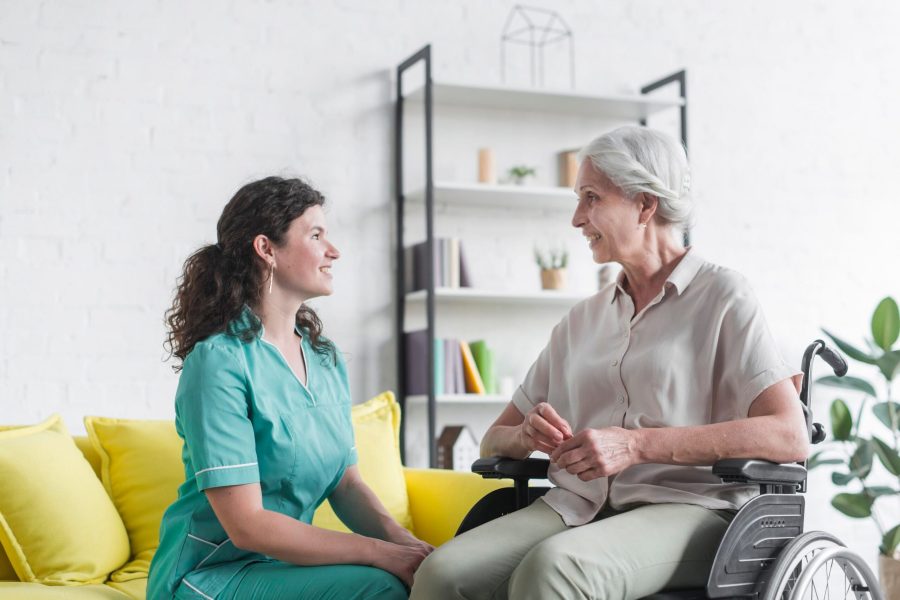Key Points from the Guidance relating to Carbapenemase Producing Enterobacterales for Care Facilities for Older People

Introduction
The Health Service Executive (HSE) and Health Protection Surveillance Centre published ‘Guidance relating to Carbapenemase Producing Enterobacterales (CPE) for Long-Term Care Facilities for Older People’ to provide guidance in relation to CPE for healthcare workers and healthcare managers for people in residential facilities for older people, such as nursing homes or other residential long-term care facilities (LTCF).
Key points to note from the guidance relating to CPE include
- Admission and Care of Residents with CPE – The residential home must not refuse admission to a resident who is colonised with CPE or a resident who has been in contact with CPE. The resident’s Infection Prevention and Control (IPC) status must be documented in their care record. The resident’s care must not be compromised due to their IPC status. Good communication between the residential home and the acute hospital is important when a resident is colonised with CPE or a resident who has been in contact with CPE is being transferred to either facility.
- Placement of the Resident –The residential home must ensure the risk of CPE spreading is managed. Residents who are colonised with CPE must be provided with a single room with their own en-suite and bathing facilities. Where this is not possible, the resident may share a space with as few residents as possible. In larger residential homes, residents with CPE will be grouped in the same area. The residential home must ensure the privacy and dignity of residents must be kept at all times.
- Standard Precautions – The residential home must ensure standard precautions apply to all residents at all times within the residential home. Staff must carry out hand hygiene techniques before and after personal care for each resident. Visitors must be encouraged to perform hand hygiene before and after visiting residents. The use of Personal Protective Equipment (PPE) by staff is essential. Staff must wear gloves and plastic aprons when helping each resident with personal care needs and/or handling body fluids or liquid. Staff must take off gloves and aprons and put them in the bin after caring for each resident.
- Environmental Maintenance and Cleaning – The residential home must ensure there is a robust cleaning procedure in place. Furniture, fixtures, fittings and surfaces in the residential home must be easily cleanable. Where a resident with CPE uses the toilet, the toilet should be flushed, the contact surfaces cleaned and disinfected by staff immediately after use. The residential home must ensure bedpans and urinals used by residents with CPE are cleaned and disinfected appropriately.
- Antibiotic Stewardship – The residential home should be aware that taking antibiotics makes residents more likely to get CPE and more likely to spread CPE.
- Education and Training – All staff must receive hand hygiene training on induction and at least every two yeas thereafter. All staff must receive Standard Precautions training, in conjunction with Transmission-based Precautions training on induction and at least every two years thereafter.
Does your residential home have a policy and procedure in place for the Management of CPE? If not, check out our policy and procedure on HCICareTools.com.
References
Health Service Executive and Health Protection Surveillance Centre (2018). Guidance relating to Carbapenemase Producing Enterobacterales (CPE) for Long-Term Care Facilities for Older People [online]. Available: //www.hse.ie/eng/about/who/healthwellbeing/our-priority-programmes/hcai/resources/community-services-cpe-toolkit/guidance-relating-to-carbapenemase-producing-enterobacterales-cpe-for-longterm-care-facilities-for-older-people.pdf.